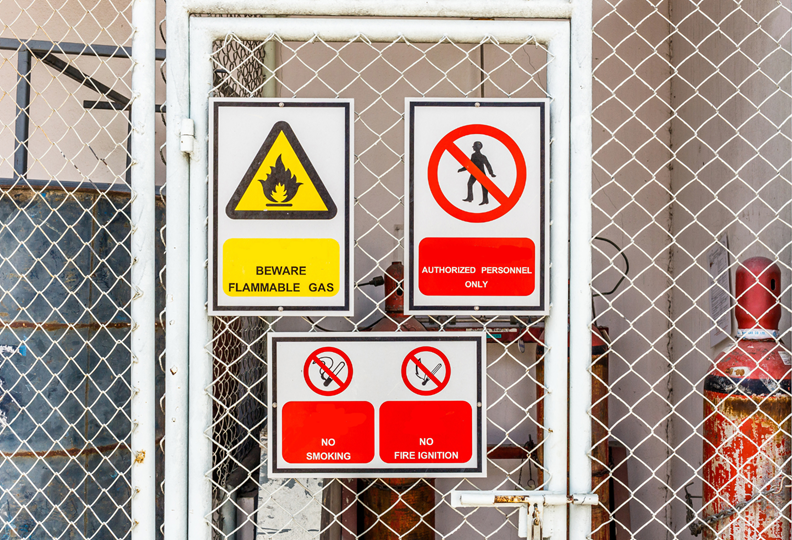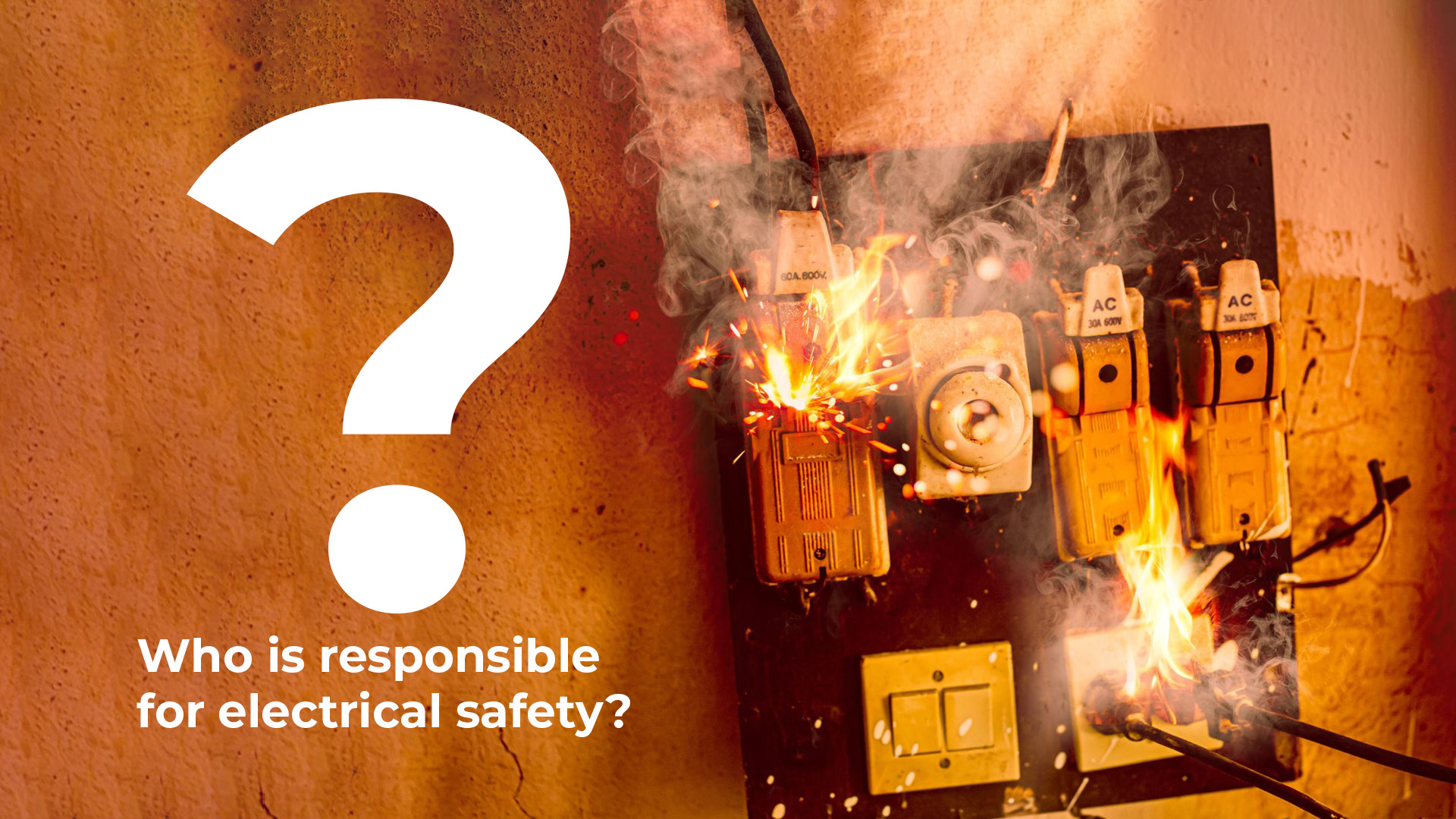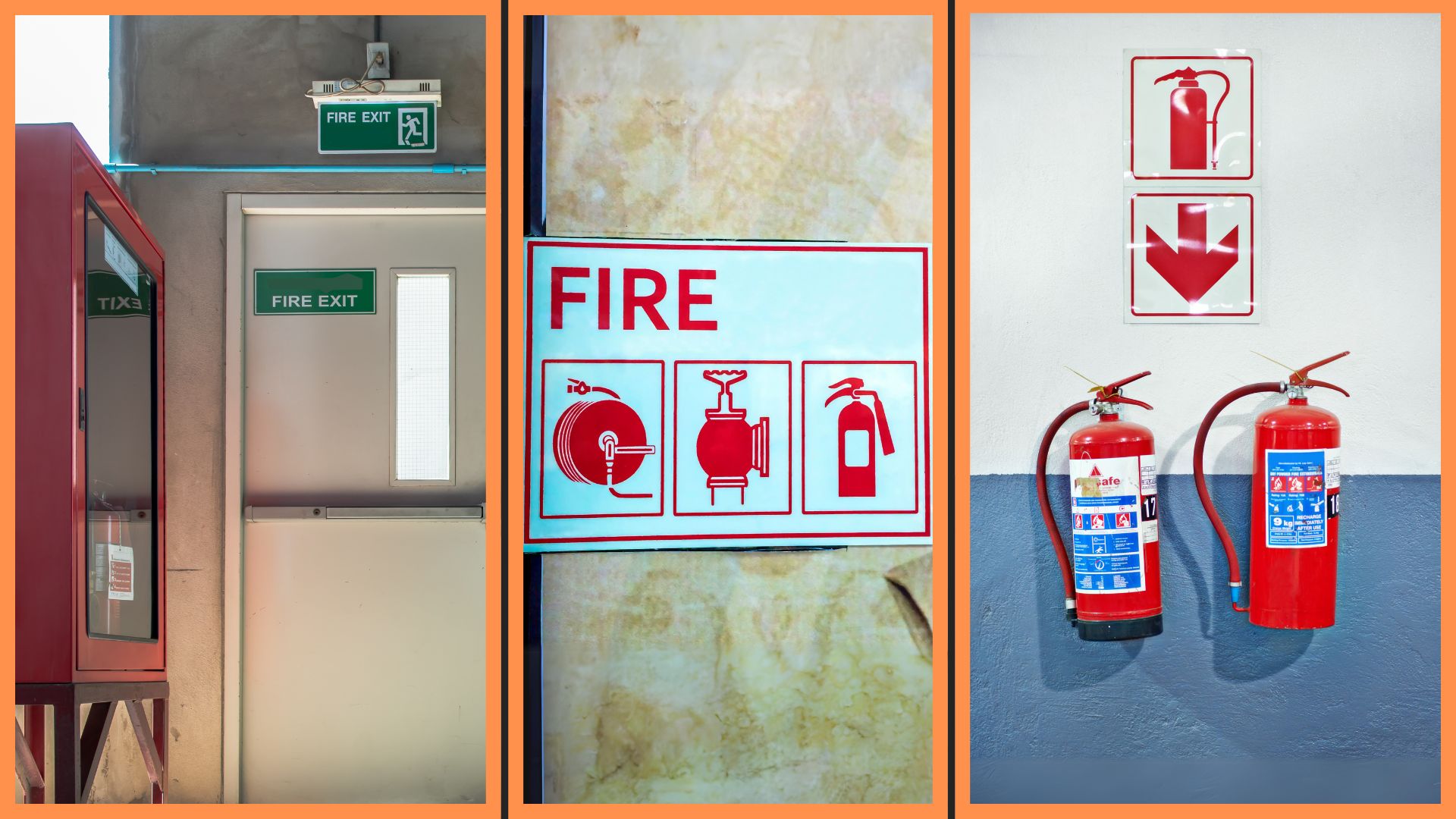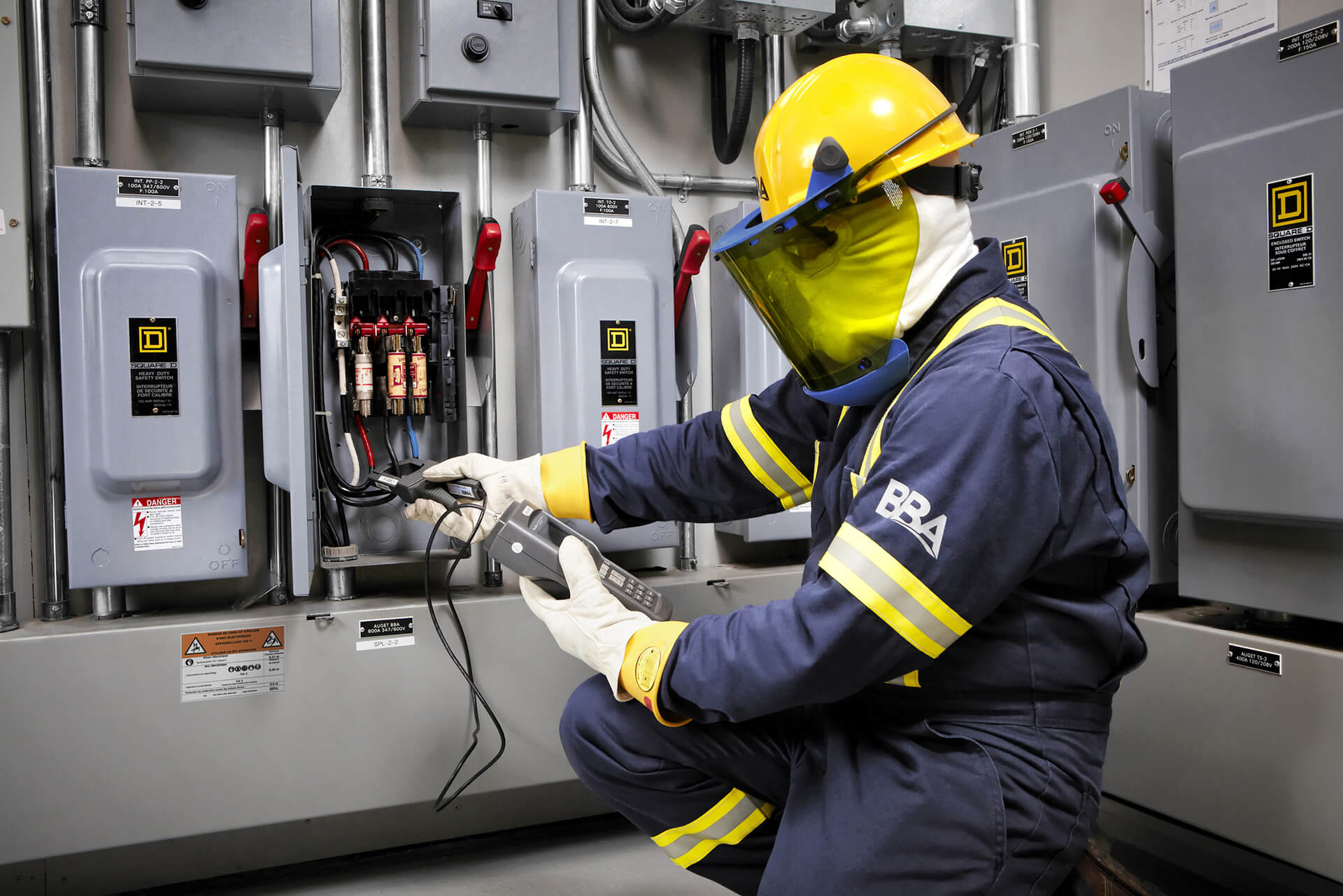Safety signs are an integral part of our daily lives, present in various environments such as workplaces, public spaces, and roads. They serve as crucial communication tools, conveying essential information to individuals to prevent accidents, promote safe behaviour, and ensure compliance with regulations. From warning of potential hazards to providing directions and instructions, safety signs play a vital role in maintaining a secure environment. In this article, we delve into the significance of safety signs, their diverse uses, and practical applications across different settings.
Understanding the Importance of Safety Signs
Safety signs serve several essential purposes that contribute to overall safety and well-being:
- Hazard Identification and Warning:
Safety signs alert individuals to potential dangers in their surroundings. Whether it’s warning of slippery floors, high voltage areas, or chemical hazards, these signs effectively communicate risks, allowing people to take appropriate precautions and avoid accidents. By highlighting hazards, safety signs help prevent injuries and promote a safer environment for all.
- Instruction and Guidance:
Safety signs provide clear instructions and guidance, helping individuals navigate spaces safely. Whether it’s indicating emergency exits, fire escape routes, or the location of safety equipment like fire extinguishers or first aid kits, these signs play a crucial role in emergency preparedness and response. In times of crisis, clear and visible signage can save lives by directing people to safety.
- Regulatory Compliance:
Safety signs are often mandated by regulatory agencies and standards organizations to ensure compliance with safety regulations and requirements. Businesses and organizations are legally obligated to display appropriate safety signage in accordance with relevant laws and industry standards. Failure to do so can result in penalties, fines, or legal consequences. Compliance with safety signage regulations not only mitigates risks but also demonstrates a commitment to safety and regulatory adherence.
- Promoting Safety Culture:
Effective safety signage contributes to the development of a positive safety culture within organizations and communities. By prioritizing safety through clear and consistent signage, organizations foster an environment where safety is valued and prioritized by all stakeholders. This, in turn, leads to increased awareness, vigilance, and adherence to safety protocols, reducing the likelihood of accidents and incidents.
Practical Applications of Safety Signs
Now let’s explore the practical applications of safety signs across different settings:
- Workplace Safety:
In workplaces, safety signs are crucial for protecting employees, visitors, and contractors from potential hazards. Common safety signs include those indicating the use of personal protective equipment (PPE), such as helmets, safety goggles, or gloves. Additionally, signs warning of hazardous materials, electrical hazards, or confined spaces help prevent accidents and ensure compliance with occupational safety regulations. Regular inspections and maintenance of safety signs are essential to ensure visibility and effectiveness.
- Construction Sites:
Construction sites are dynamic environments with various hazards present. Safety signs play a vital role in preventing accidents and ensuring the safety of workers and the public. Signs indicating areas of excavation, heavy machinery zones, and falling object hazards help mitigate risks and promote safe behaviour. Furthermore, signage communicating site rules, such as speed limits and mandatory safety protocols, contributes to overall site safety.
- Public Spaces:
Public spaces such as parks, recreational areas, and transportation hubs also rely on safety signs to ensure the well-being of visitors. Signs indicating pedestrian crossings, speed limits, and potential hazards like uneven terrain or water bodies enhance public safety and prevent accidents. Additionally, signage providing information on amenities, facilities, and emergency contact numbers improves accessibility and responsiveness in emergencies.
- Road Safety:
Roads are inherently dangerous environments, requiring comprehensive signage to guide motorists, cyclists, and pedestrians safely. Traffic signs indicating speed limits, lane directions, and potential hazards like curves or intersections are critical for preventing accidents and promoting orderly traffic flow. Moreover, signage highlighting pedestrian crossings, school zones, and wildlife crossings enhances road safety for all users.
- Healthcare Facilities:
In healthcare settings, safety signs are essential for guiding patients, staff, and visitors and maintaining a secure environment. Signs indicating the location of emergency exits, fire extinguishers, and medical facilities facilitate swift responses in emergencies. Additionally, signage reminding individuals to wash their hands, wear masks, or maintain physical distancing supports infection control efforts and protects against the spread of illnesses.
Conclusion
Safety signs play a fundamental role in promoting safety, preventing accidents, and protecting individuals in various environments. From workplaces and construction sites to public spaces and roads, these signs serve as critical communication tools, conveying essential information and instructions to promote safe behaviour and regulatory compliance. By understanding the importance of safety signs and their practical applications, we can create safer environments for everyone. Whether it’s through hazard identification, instruction and guidance, regulatory compliance, or promoting a safety culture, effective safety signage is indispensable in safeguarding lives and promoting well-being.
At We BuySafetyPosters.com, we recognize the vital role that safety signs play in enhancing workplace safety and promoting well-being across diverse environments. Our platform offers a wide range of safety signs in various formats and designs to cater to the specific needs of different industries and settings. Whether you require hazard identification signs, instructional posters, regulatory compliance notices, or materials to foster a safety culture, we provide comprehensive solutions to meet your requirements. With our commitment to quality and effectiveness, we strive to empower organizations to create safer environments by facilitating easy access to essential safety signage. Together, let us prioritize safety and protect lives through proactive measures and effective communication.



